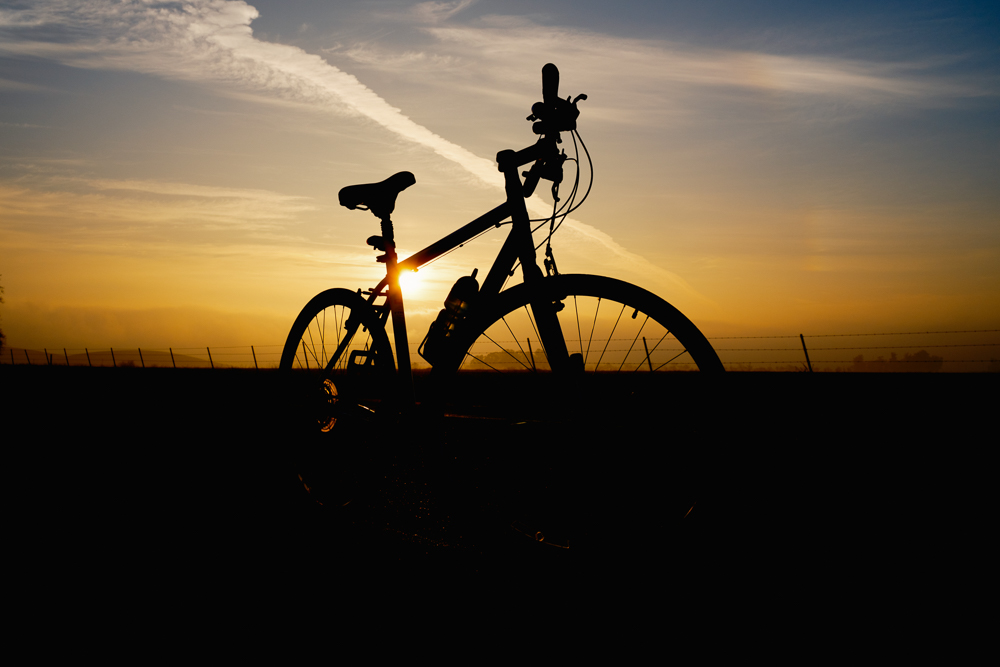
Although I spend most of my saddle time bike-commuting, the adventurer in me also enjoys going on long rides. Last month, I was blessed with the opportunity to visit relatives in Livermore, California. The city is far from San Francisco, so I couldn’t just go there whenever I wanted to.
That’s why my next best choice was exploring the nearby areas. Morgan Territory is a historic ranching ground turned nature preserve, named after Jeremiah Morgan who first developed it in 1857.
A 23.5km road passes through the area, north of Livermore and east of Mt. Diablo. It is said to be one of the best places for cycling in the proximity with its scenic views and the absence of traffic.
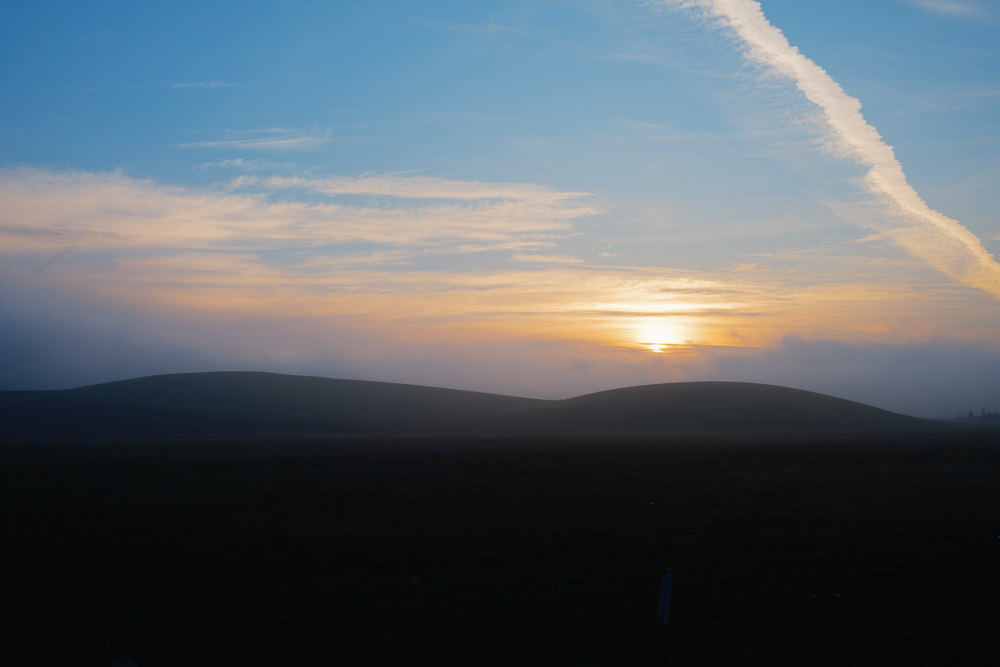
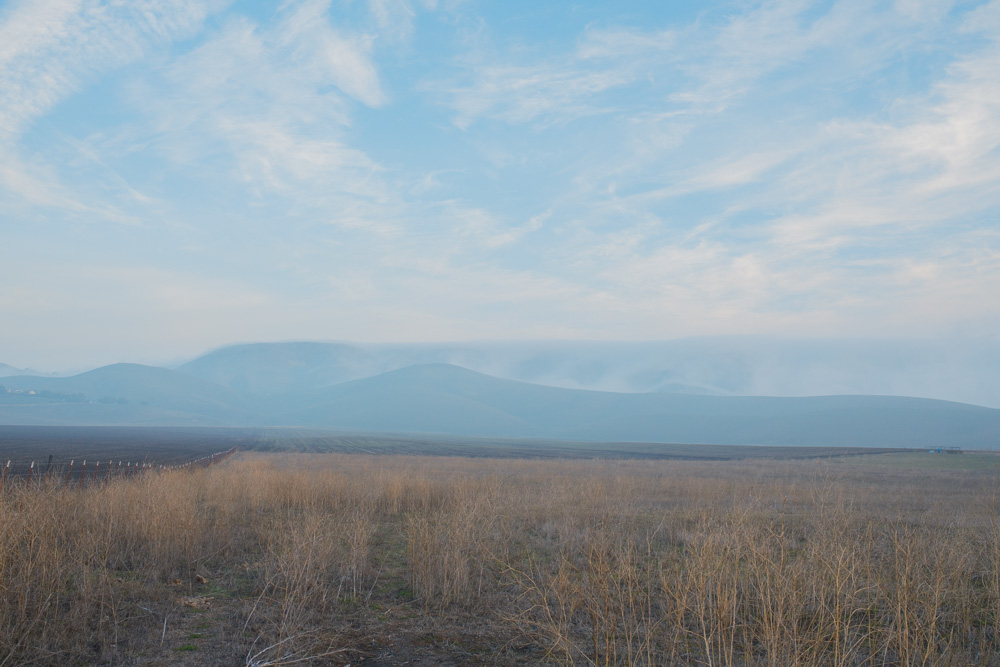
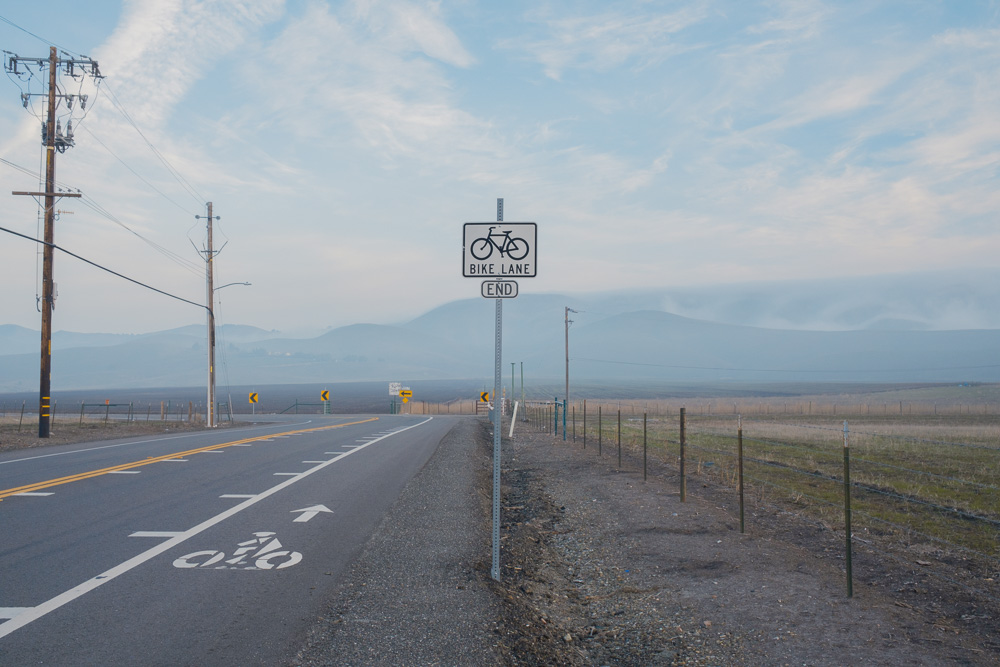
The original plan was to do a 100km loop, but I’d have to pass through Vasco Road, which has a bad reputation among cyclists. I didn’t want to experience getting near misses every second by cars going more than 90km/h.
That’s why I decided to go through the familiar back roads of Livermore, explore Morgan Territory Road, then backtrack to get home.
The ride was supposed to be simple and straightforward—provided I could handle the single-digit temperature and the dynamic weather.
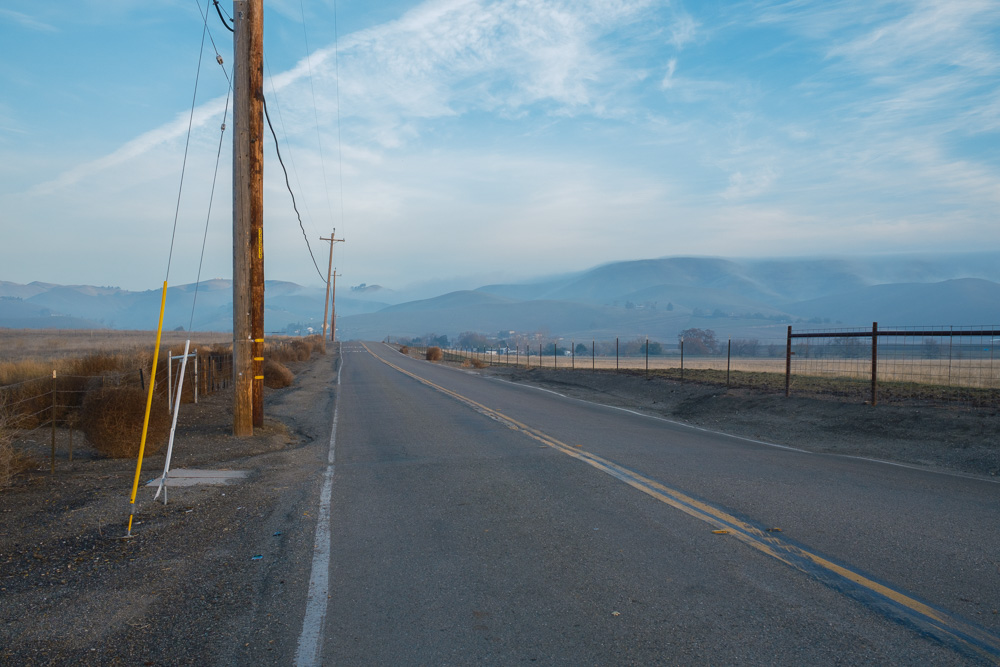
I left around sunrise, although the sun was covered by clouds while fog shrouded the hills. Before reaching the start of Morgan Territory Road, I noticed a German Shepherd barking at me from one of the houses.
I knew that if it found a hole in the fencing, then the chase was on—which was what happened. Thankfully, I had enough pace to outrun the hound. Either that or it was just going easy on me.
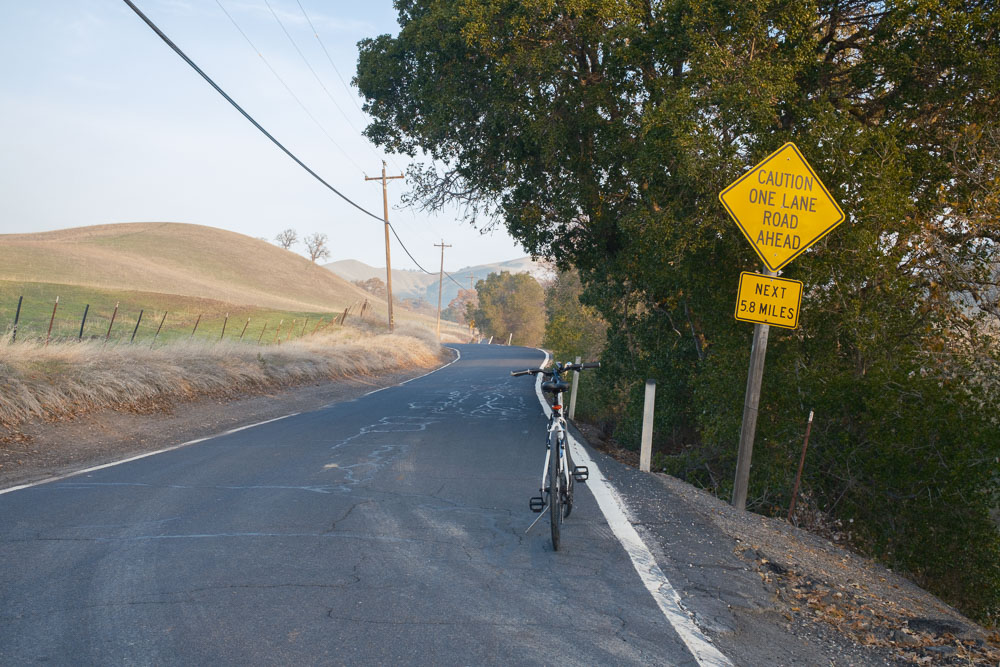
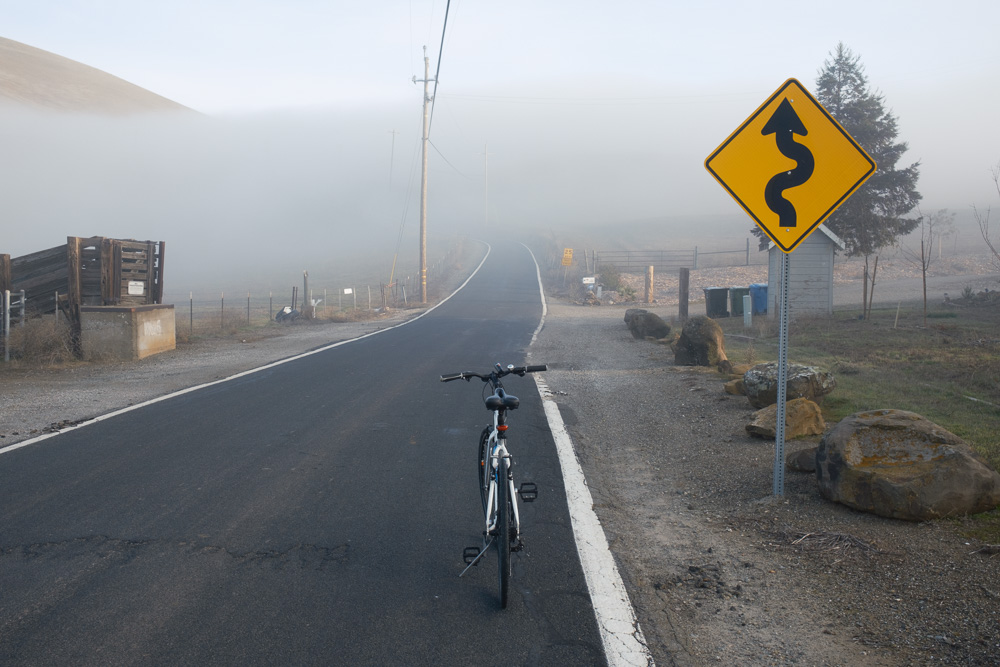
Reaching the start of Morgan Territory Road signaled the beginning of my climb, so I tried pacing myself. The incline itself wasn’t a problem.
However, I found myself either freezing in the wind or overheating with sweat, so I had to periodically remove my cap, neck warmer, and gloves (only to put them back later on).
There were parts that were foggy, and some that weren’t. But once I gained enough elevation, I witnessed one of the best views I had seen while cycling.
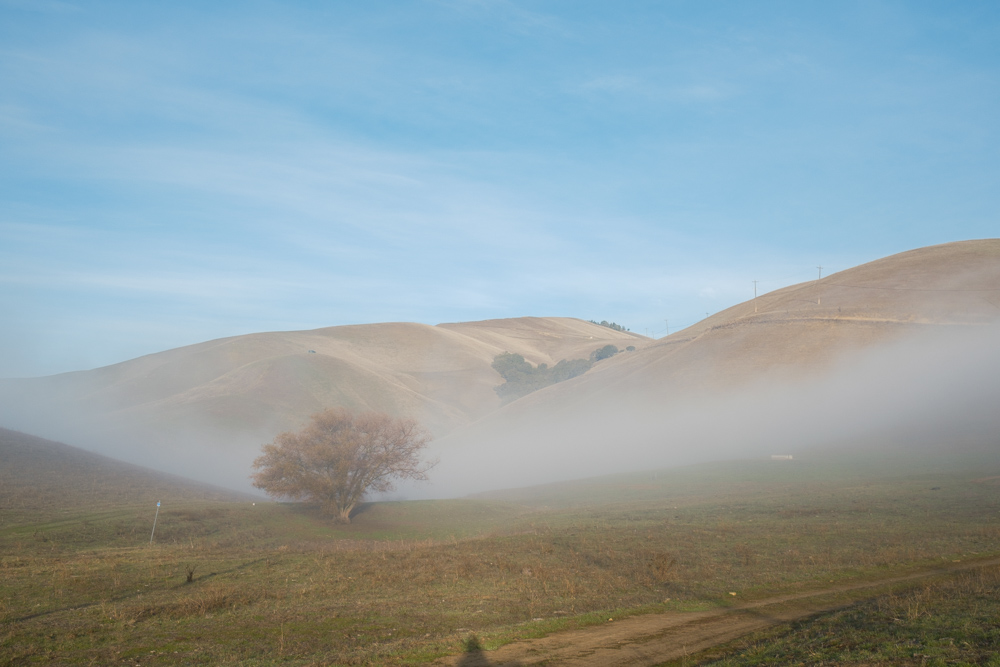
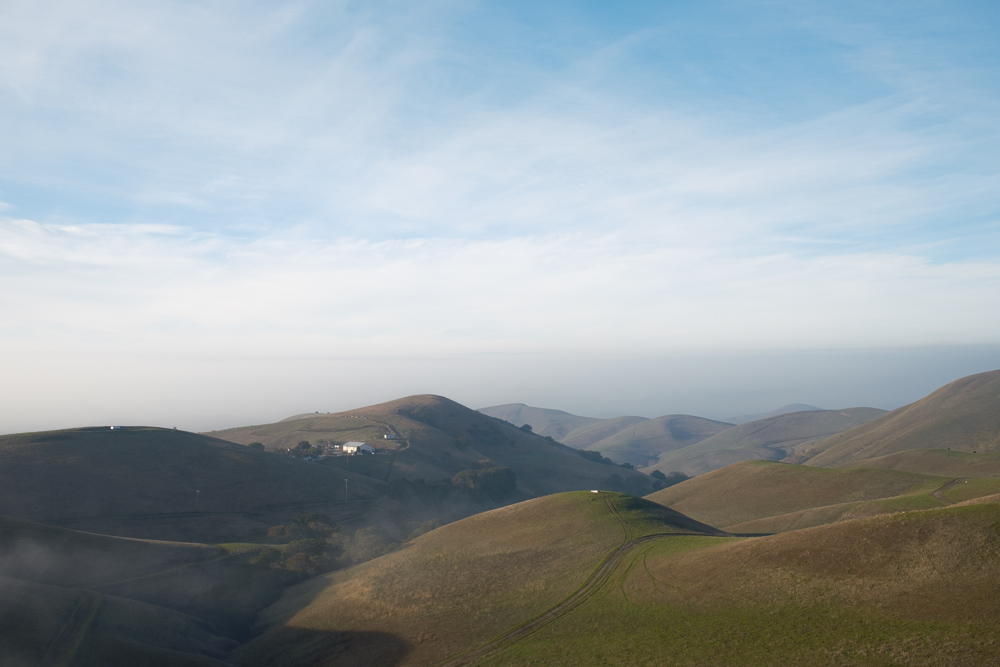
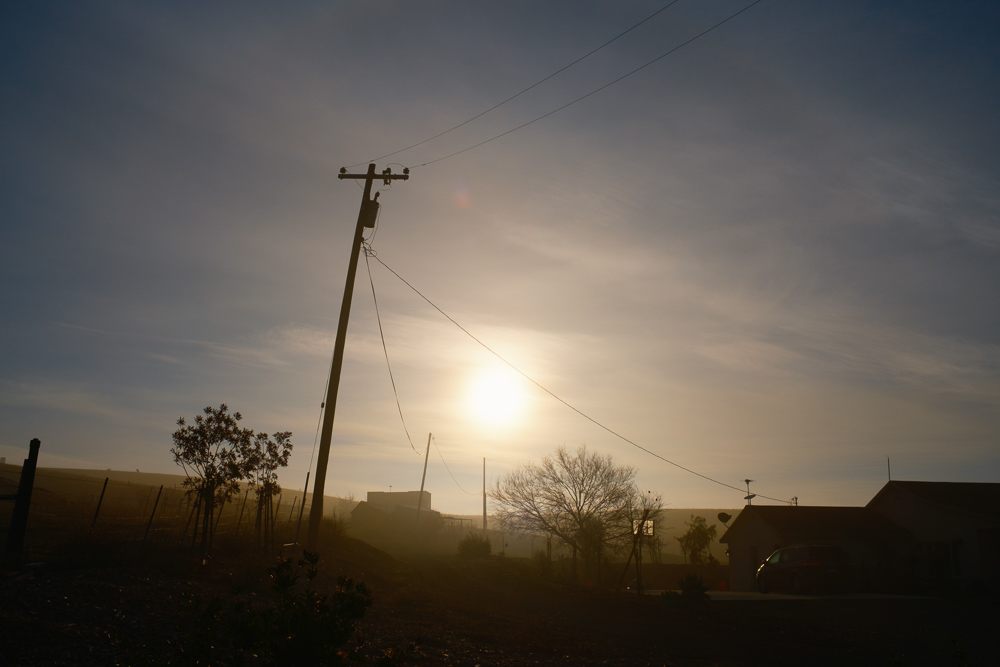

Eventually, the environment shifted to shady woodlands with tight and narrow pavement as smooth as those in Metro Manila.
This section began with a decline through bumpy and twisty roads. And the surface here was also suddenly cool and damp, resulting in less grip.
There was a crest followed shortly by a sharp corner, so I knew I had to get my braking right by easing off the front brake when attacking the corner.
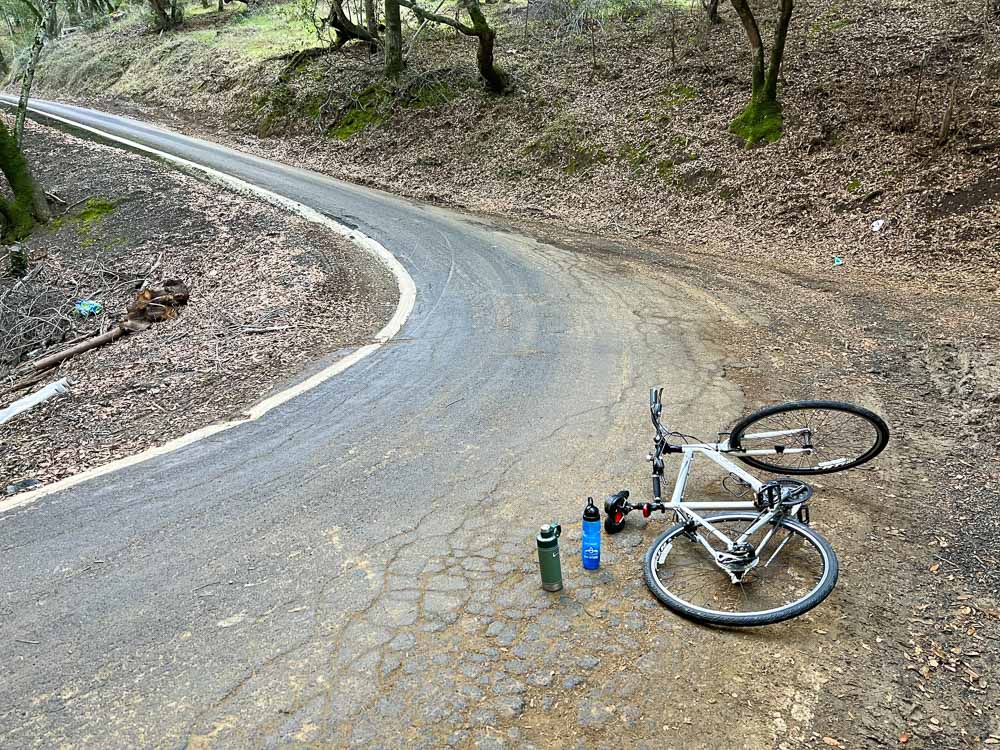
However, everything went flying—quite literally—as I locked up my front wheel and went over the handlebars. The next thing I knew, my chest was on the cold, moist pavement.
Thankfully, I didn’t lose consciousness, and all my body parts were intact with only a couple of scrapes. When I was done checking myself, I went over to the bike and inspected it. There was no significant damage, only a dropped chain which I quickly fixed.
I thought for a moment about continuing as I was almost halfway through Morgan Territory Road. But with its condition and my own condition—which I didn’t see to the full extent—it was wise to cut the ride short and go home.
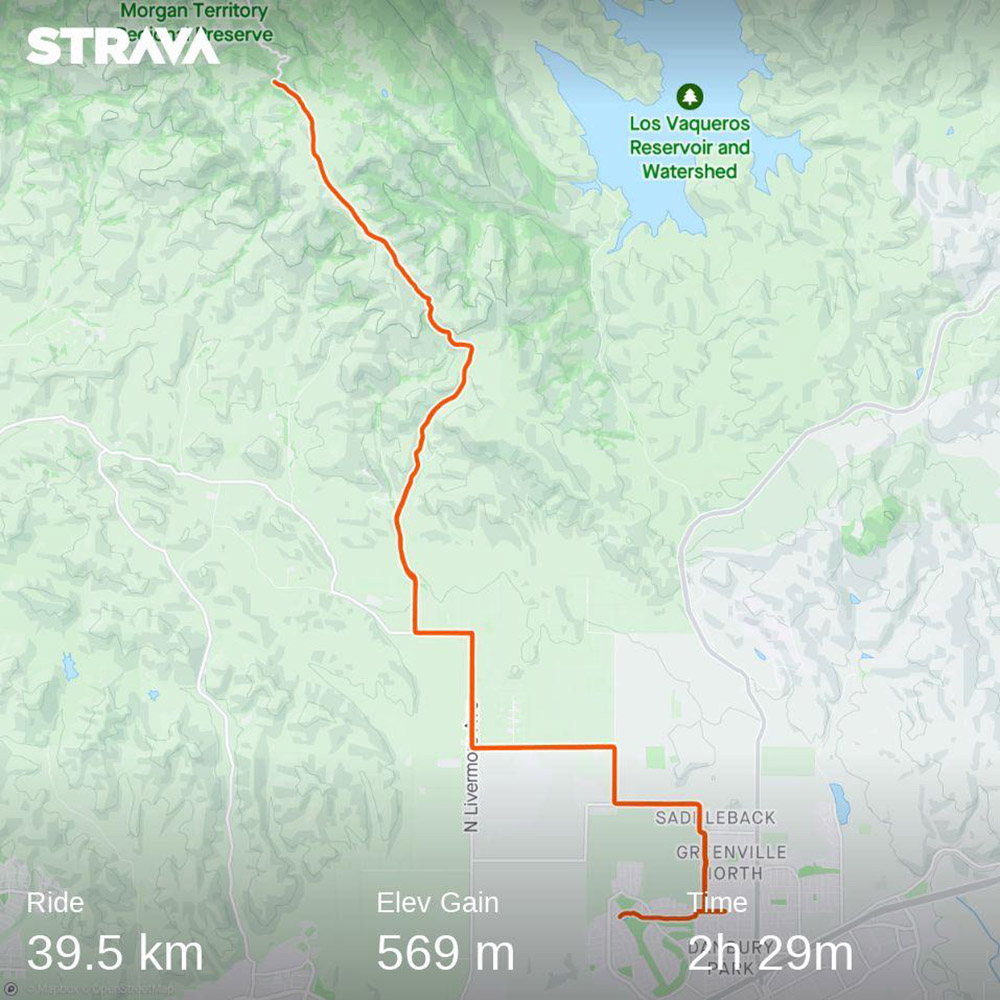
The return trip was much more enjoyable as the descent felt like a roller-coaster ride with a wonderful view. The road was only wide enough for one car, but I could easily see and hear vehicles in the distance. It was much colder, too, as my puffer jacket lost its insulation after the fall.
My only concern was passing through the house with the German Shepherd. But this time, I was on the other side of the road and was going much faster. Once I got home, I showered, had my wounds treated, and slept until noon.
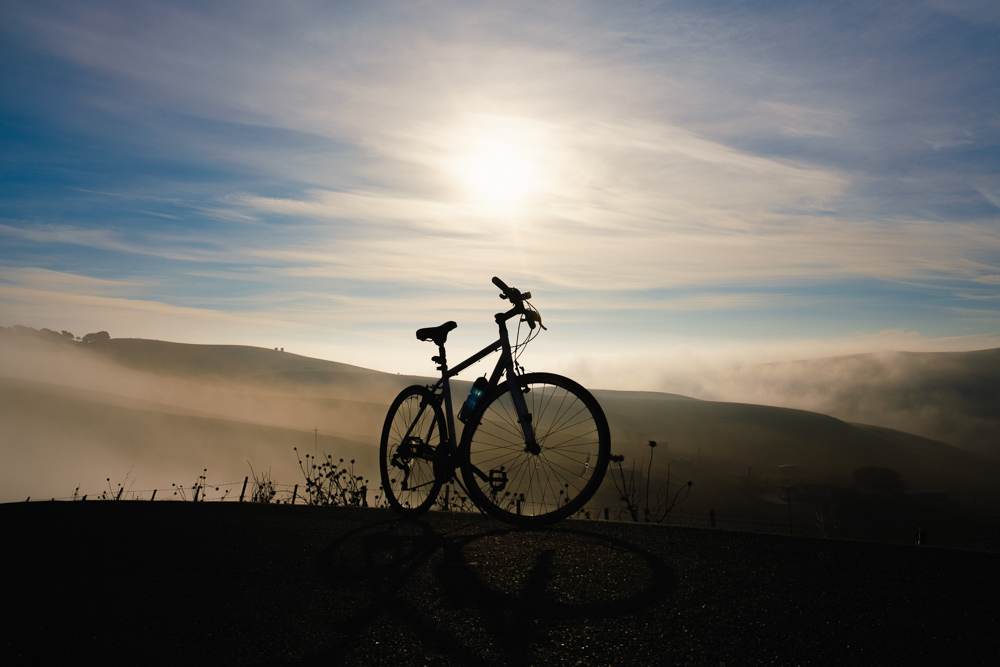
Looking back at my wipeout, I realized it wasn’t as bad as I would have imagined. Biking in Metro Manila, I’m constantly inches away from getting hit by cars and motorcycles while avoiding obstacles and hazards.
Falling off a bicycle—forward in this case—is nothing compared to a vehicular collision. Locking up the front wheel in Morgan Territory was an unpleasant, but good learning experience. It taught me that abrupt changes in road conditions could result in an unexpected loss of grip. Unlike a car with four wheels, the contact patch of bicycle tires is small, so traction is limited.
This is crucial when braking as a higher center of gravity means a cyclist could easily fall forward when suddenly stopping. And unlike skidding, there’s no way of correcting this.
Now that I’ve learned my lesson, the question is: How long until I can go biking again?


0 Comments